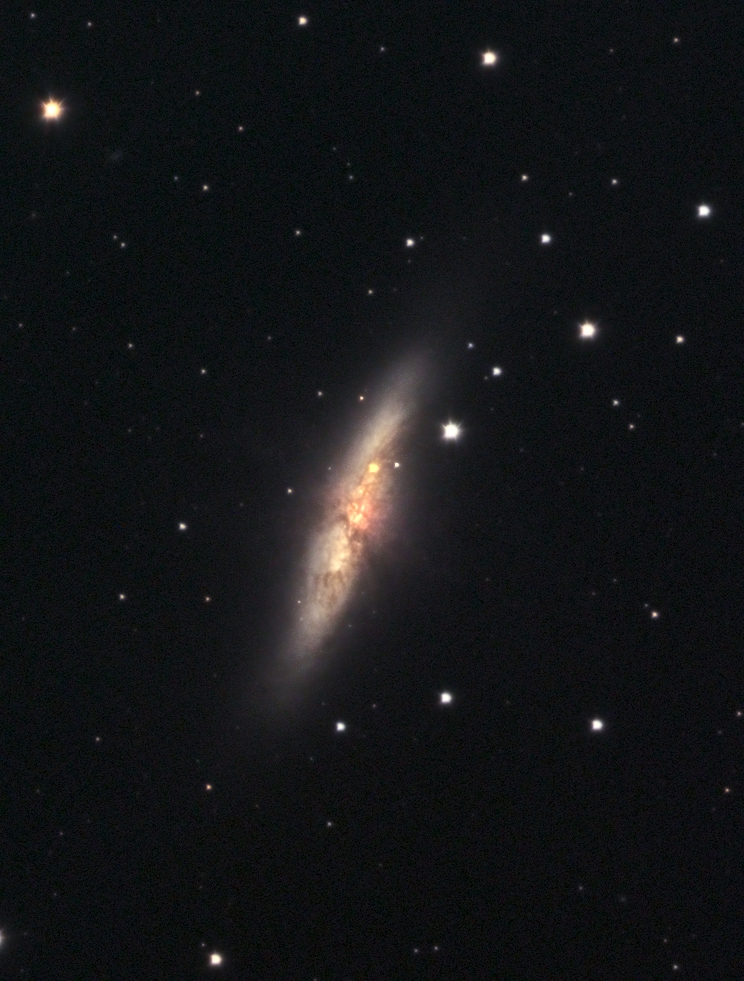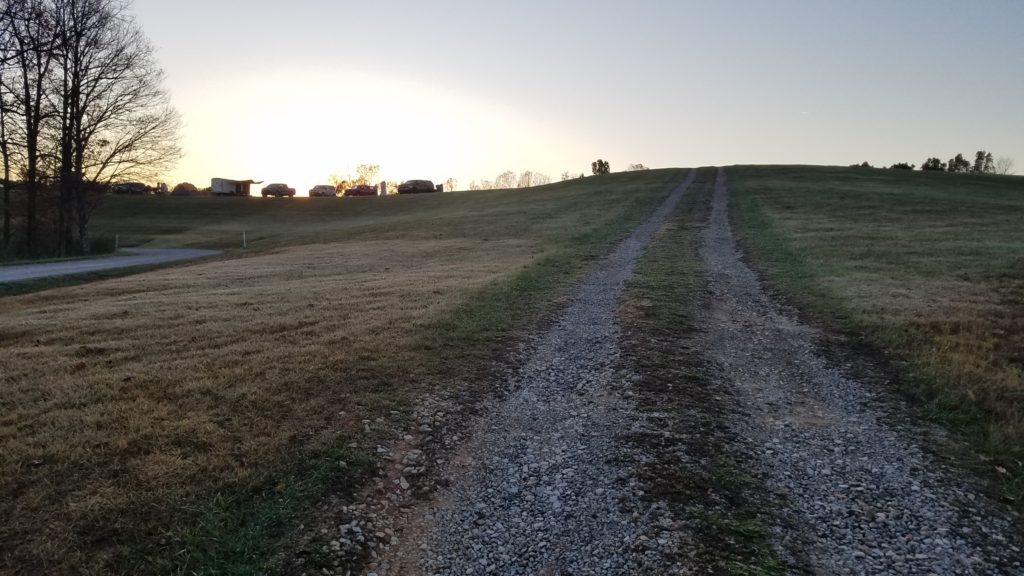
After missing the BFSP at Cherry Springs State Park, PA last new moon we were anxious to get out for one last hurah for the year. Weather looked great initially from midweek into the weekend but rapidly went downhill as we got closer to the weekend. We did however have an amazingly clear Weds night and clear until 3:00am or so on Thursday.
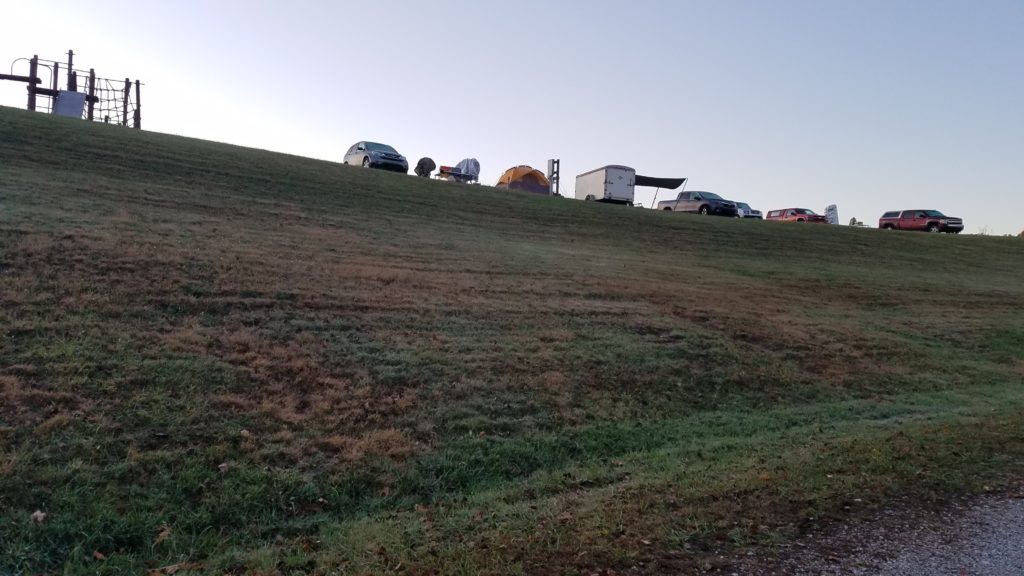
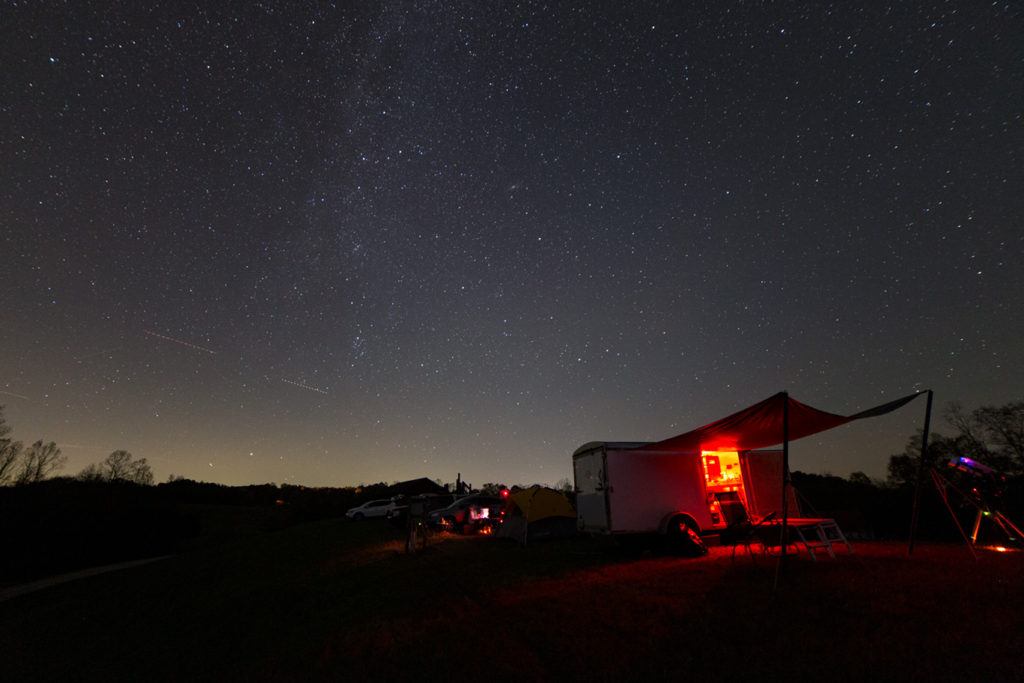
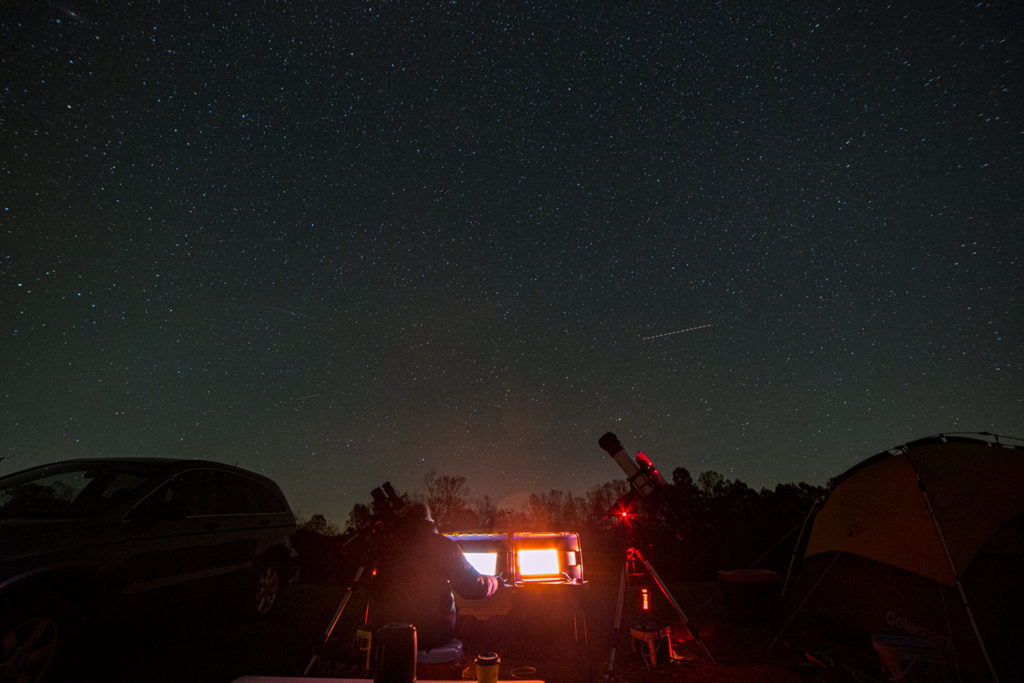
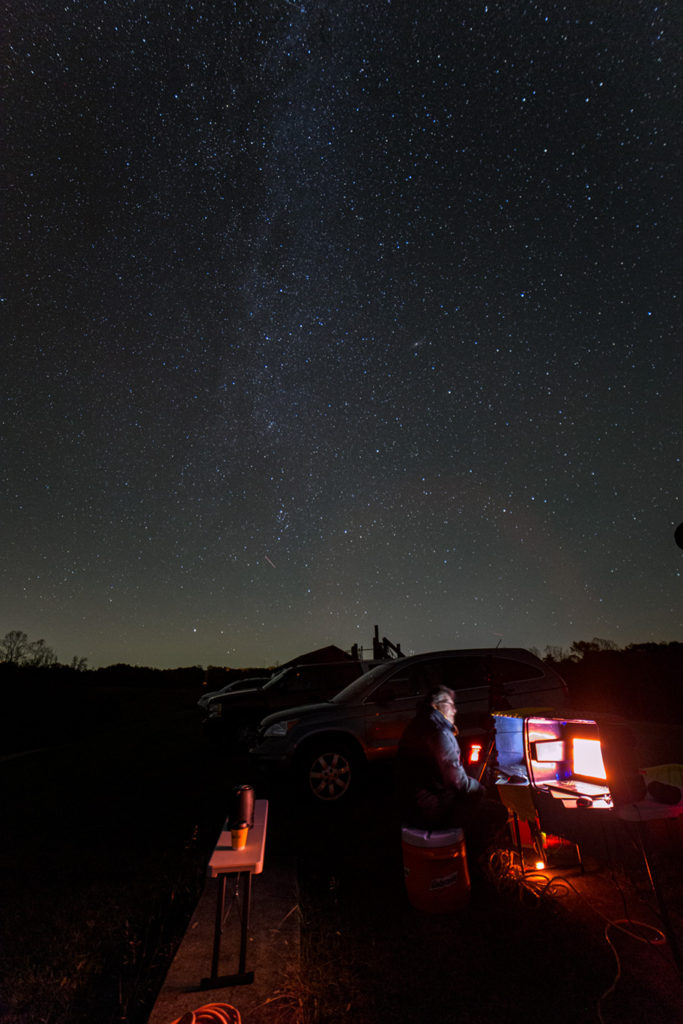

Friday morning arrived with clouds and slightly warmer temps (no frost) than Thursday morning. The sunrise was spectacular.
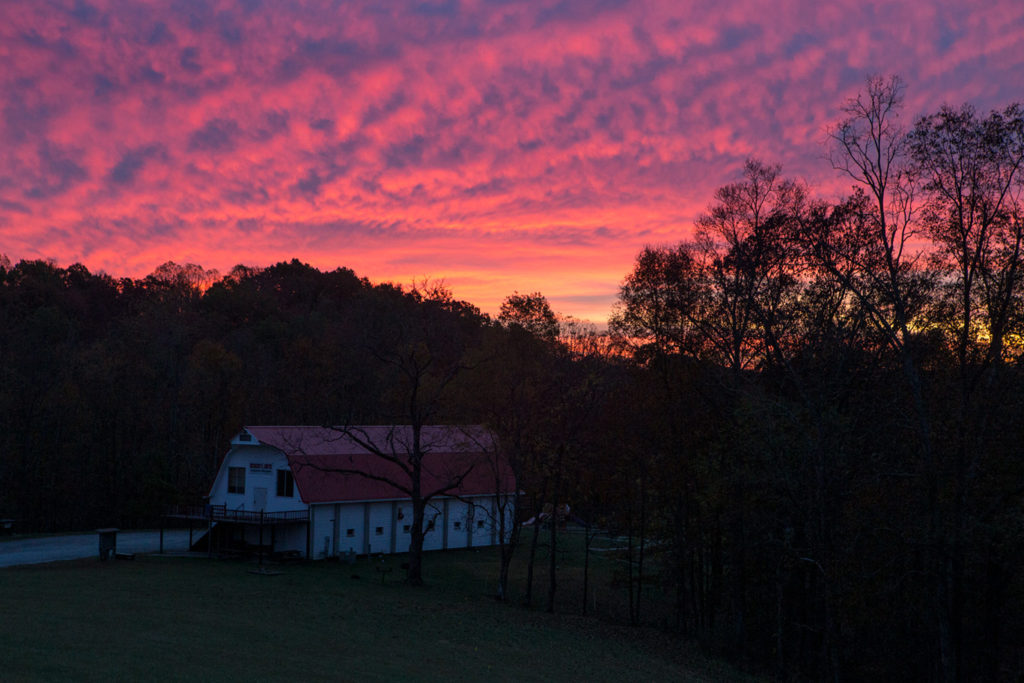
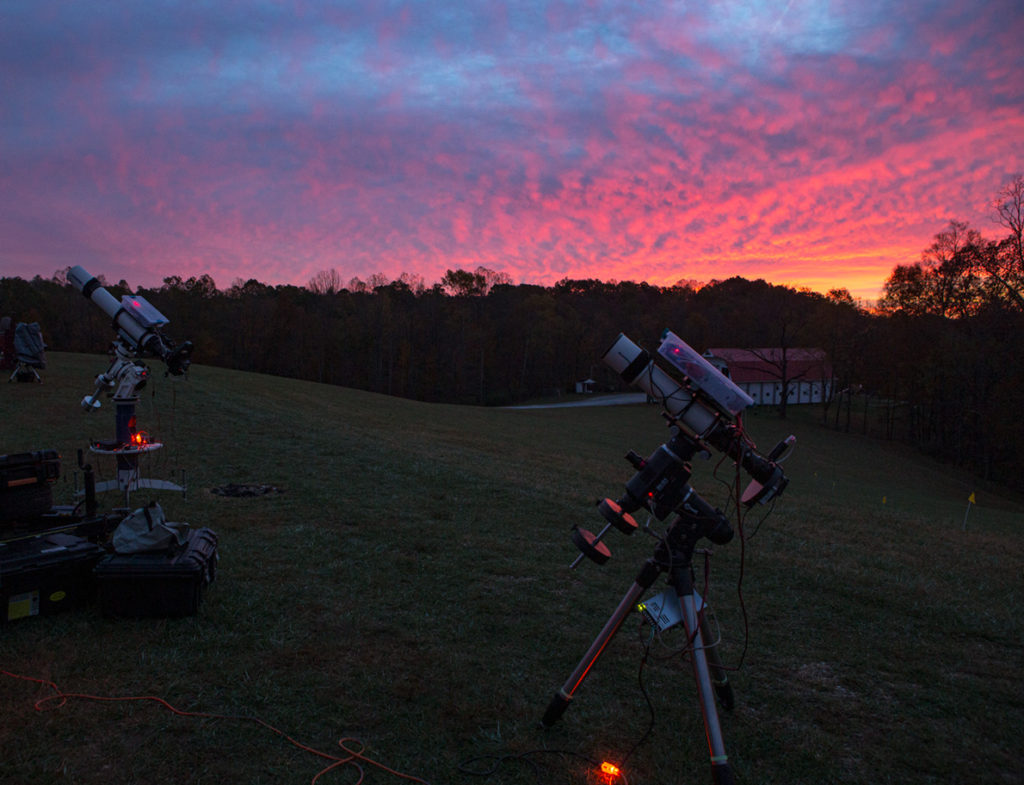

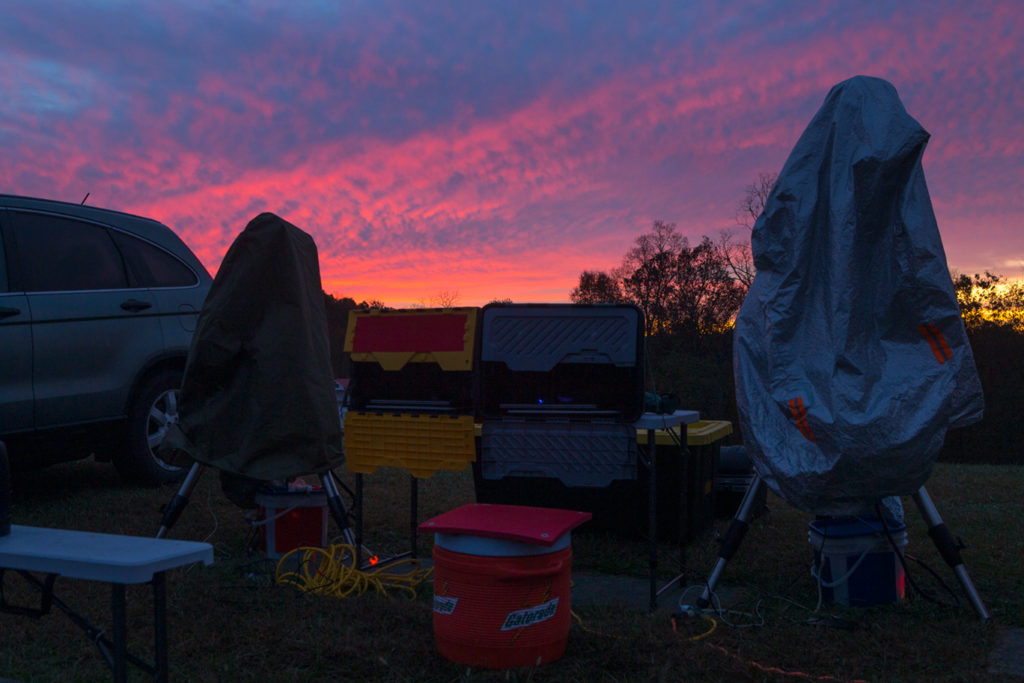
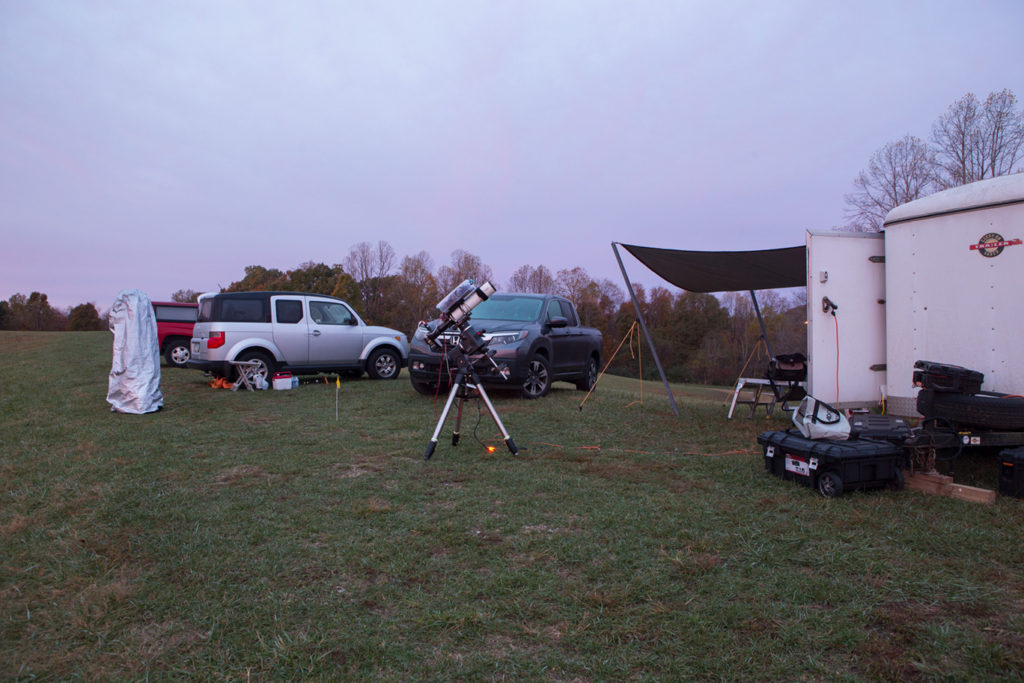
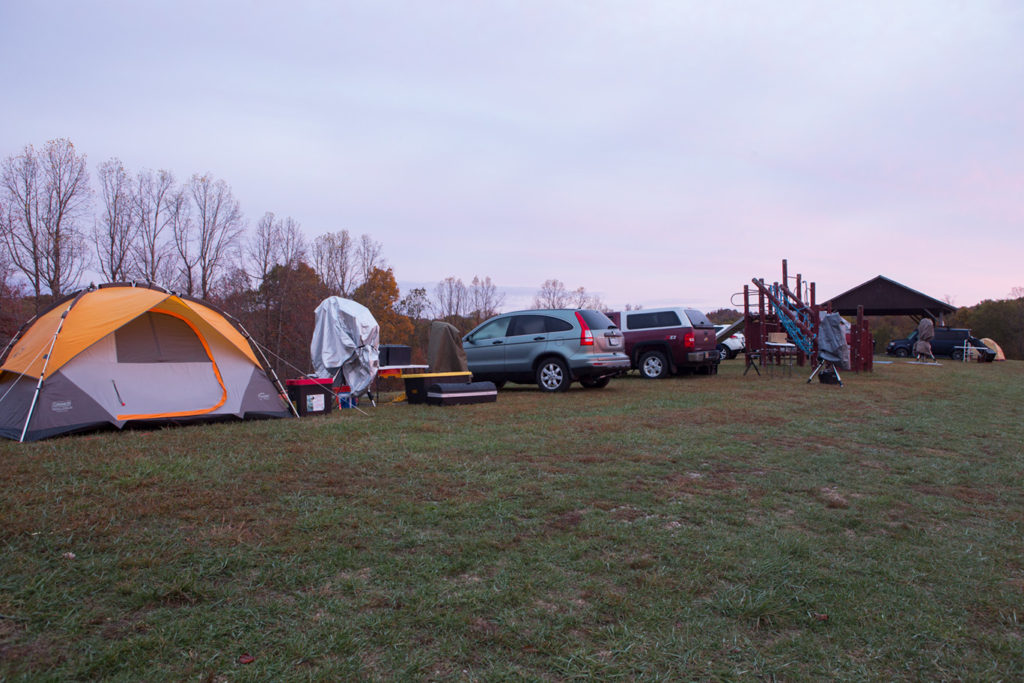
I am not a galaxy imager. I’m at home with short refractors imaging large nebula in our own galaxy. Spring and Fall are more or less galaxy season though if you want to be able to image the same object the majority of these longer nights. So I picked out a decent size bright galaxy and dusted off the long f/ratio 5″ refractor and gave it a try. It’s not without it’s problems but nice to see a 28 year old refractor still collecting photons!
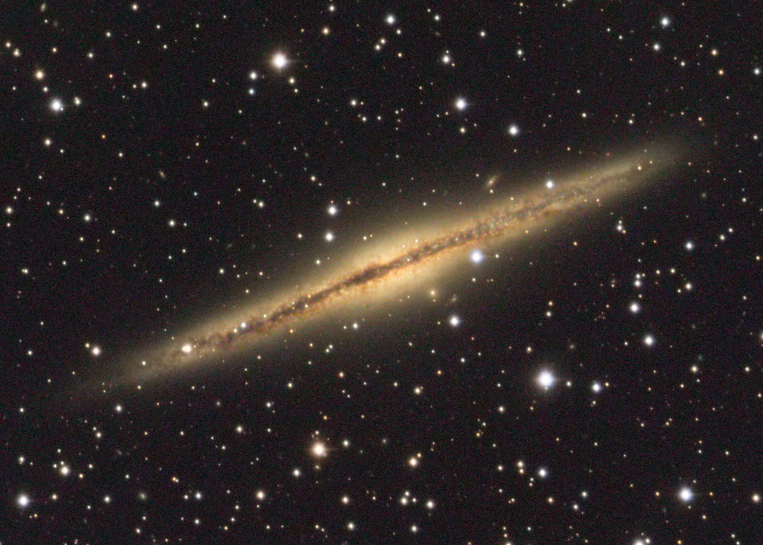
Click image for full size
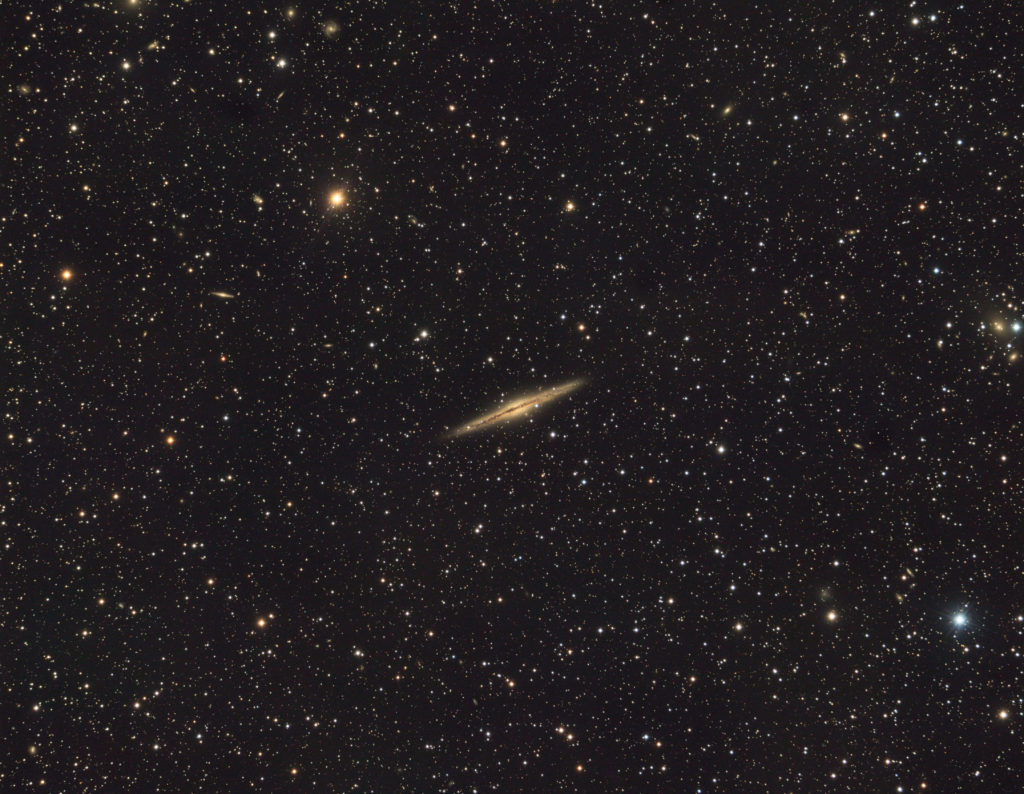
5.3 hours of Lum, 5.5 hours RGB
AP130EDT f/8 with SX-46 CCD on AP900GTO
Click image for full size
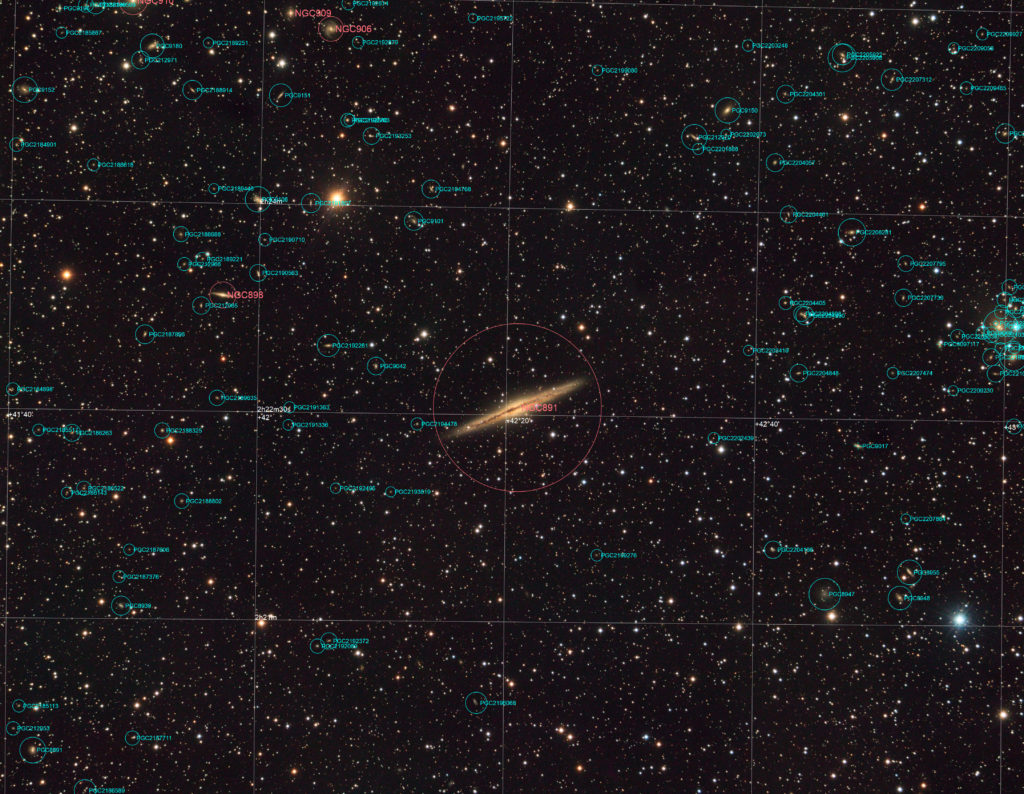
Click image for full size

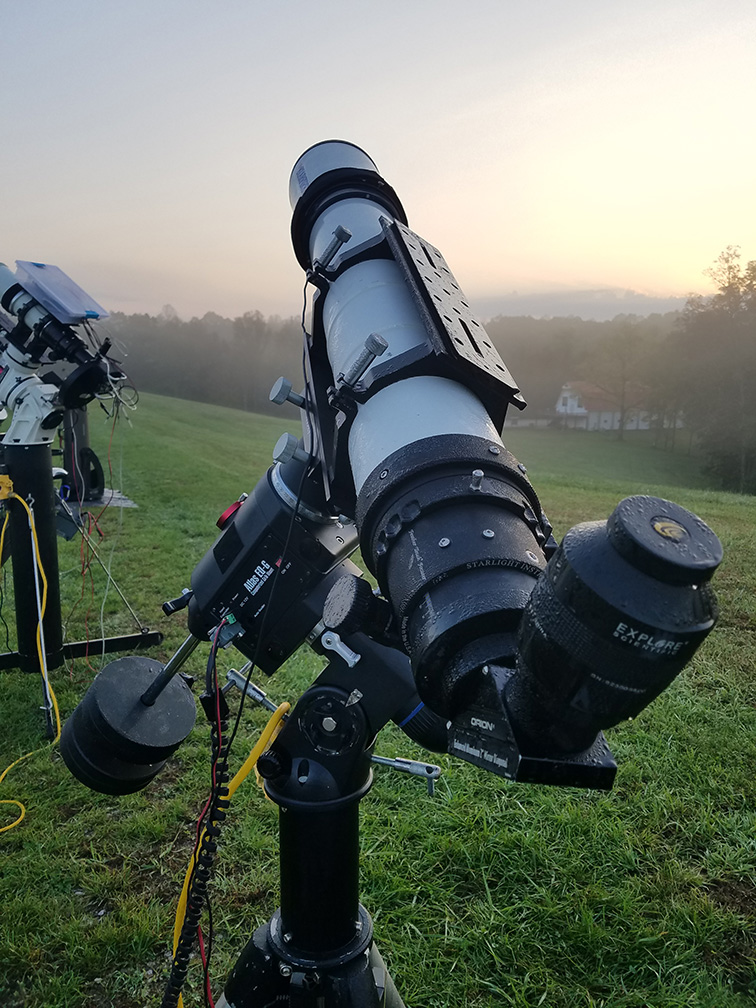
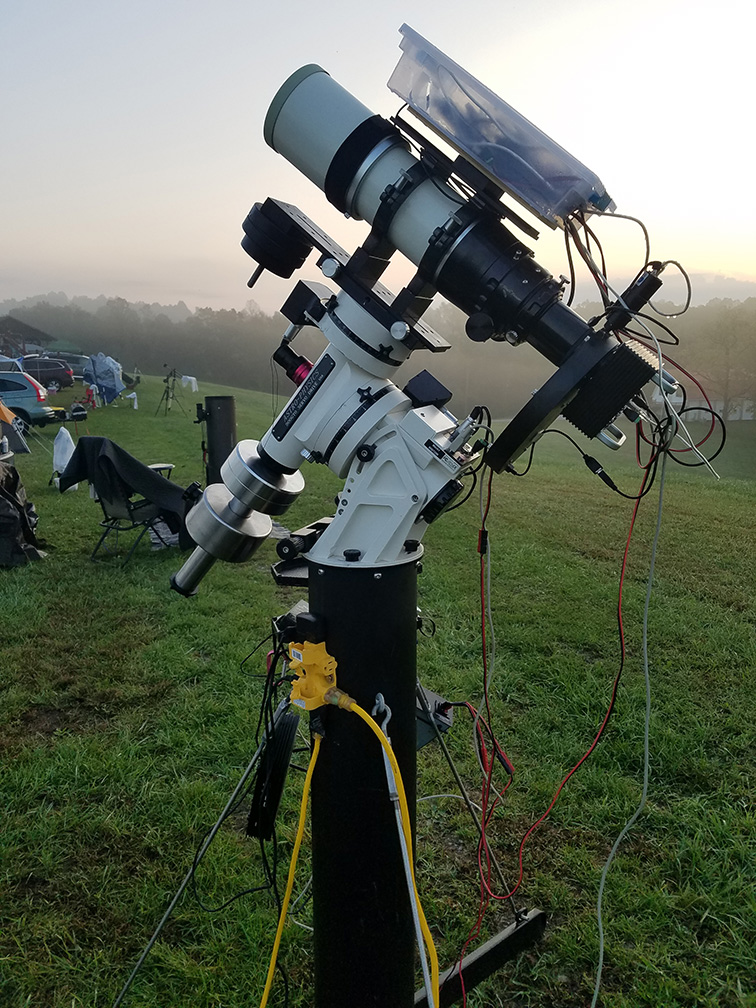
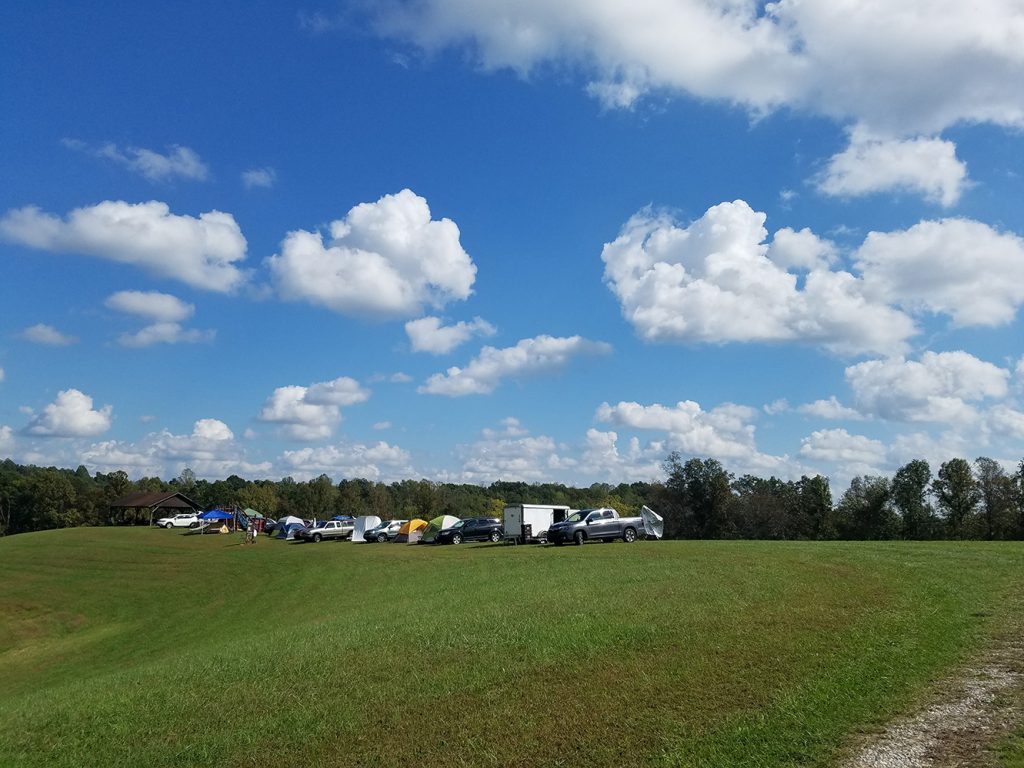
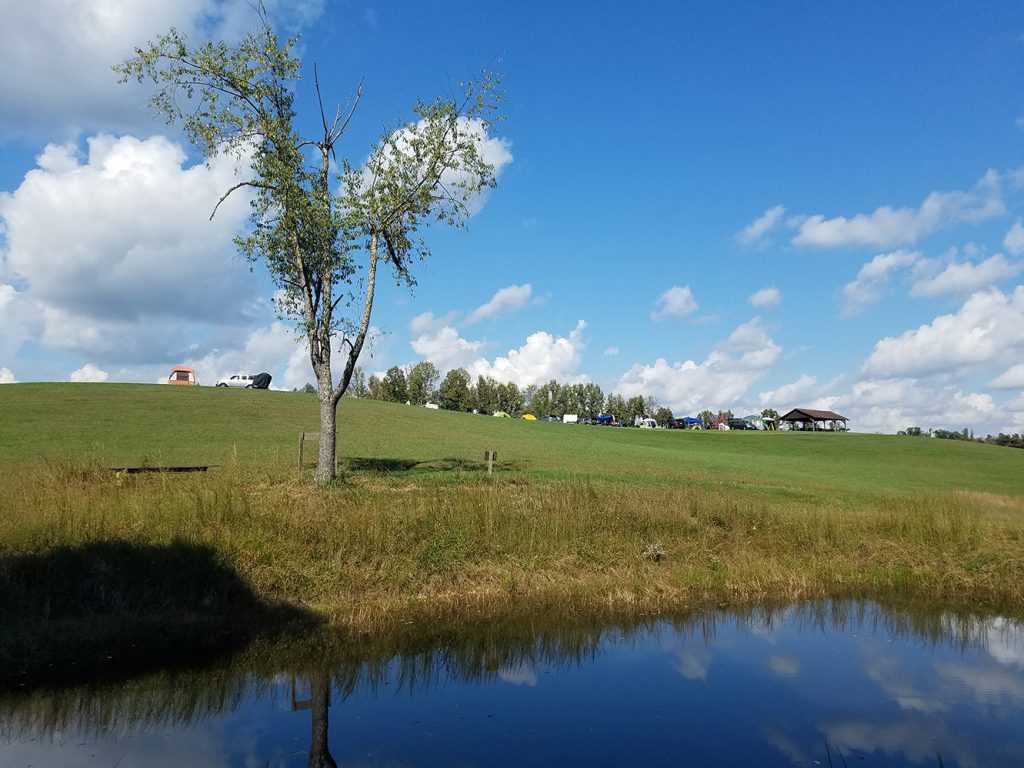
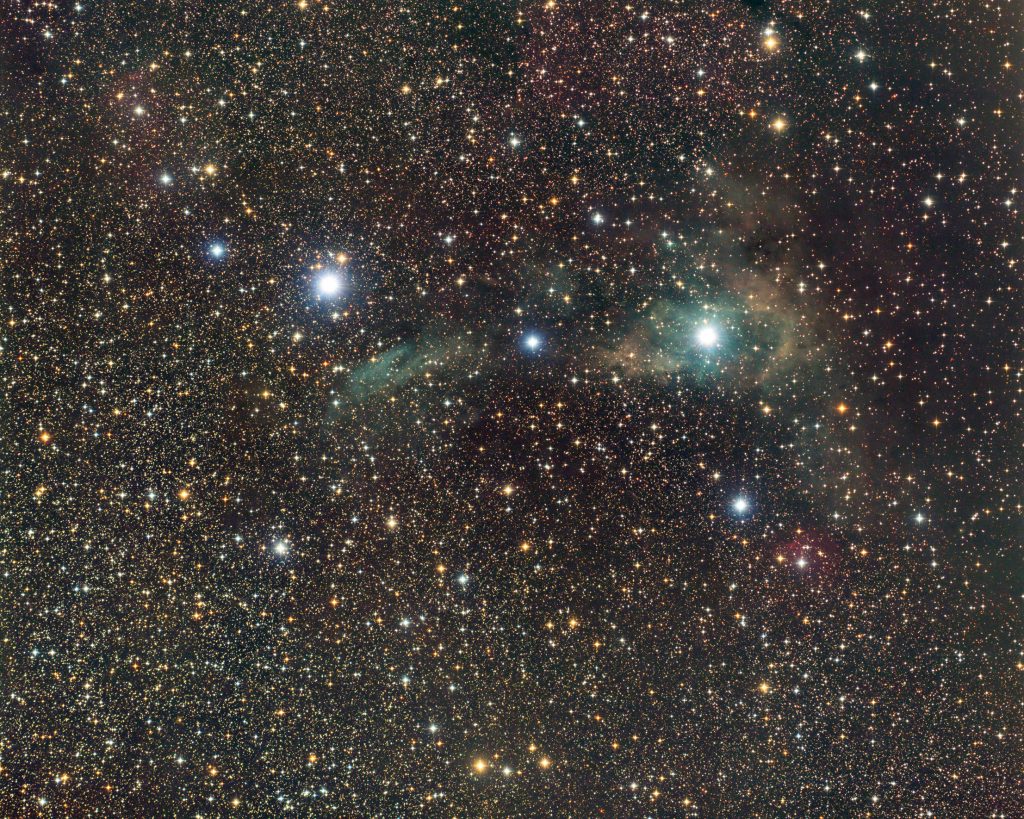
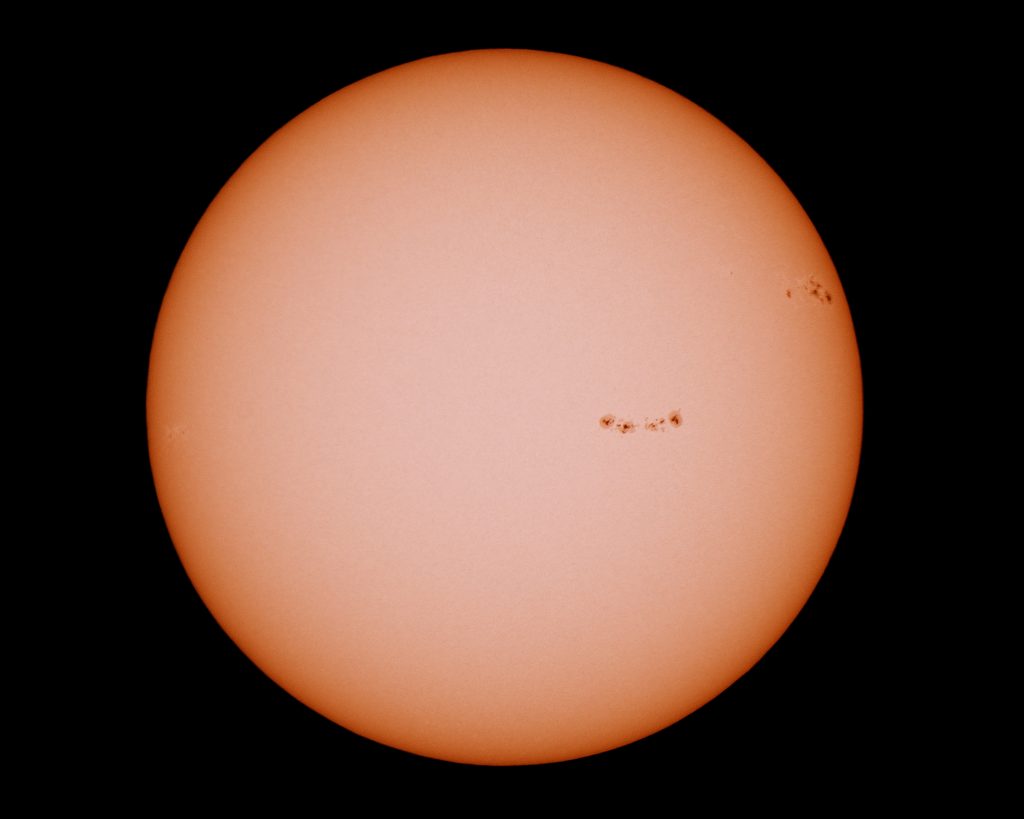
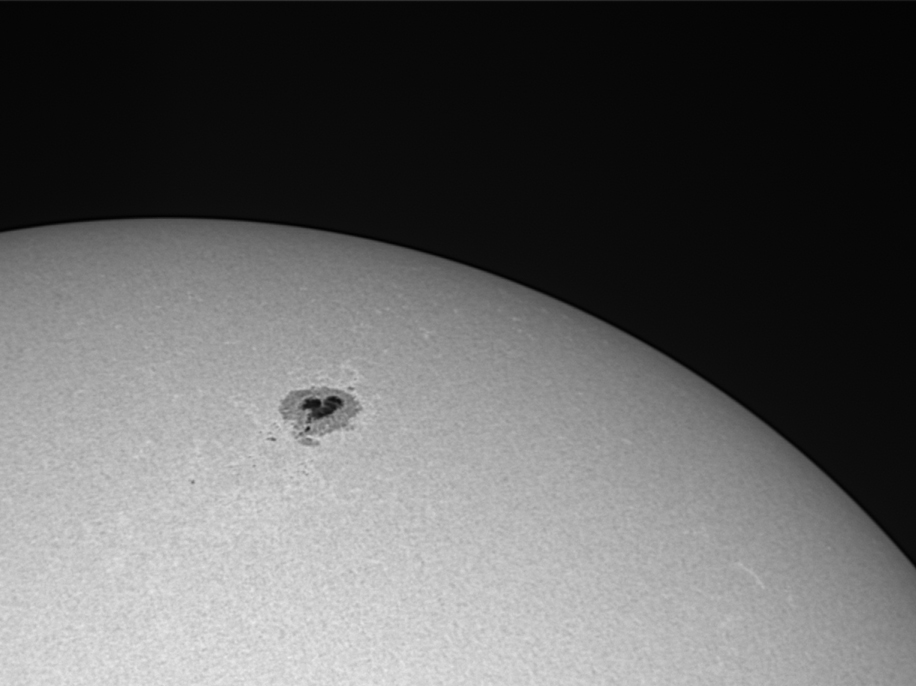
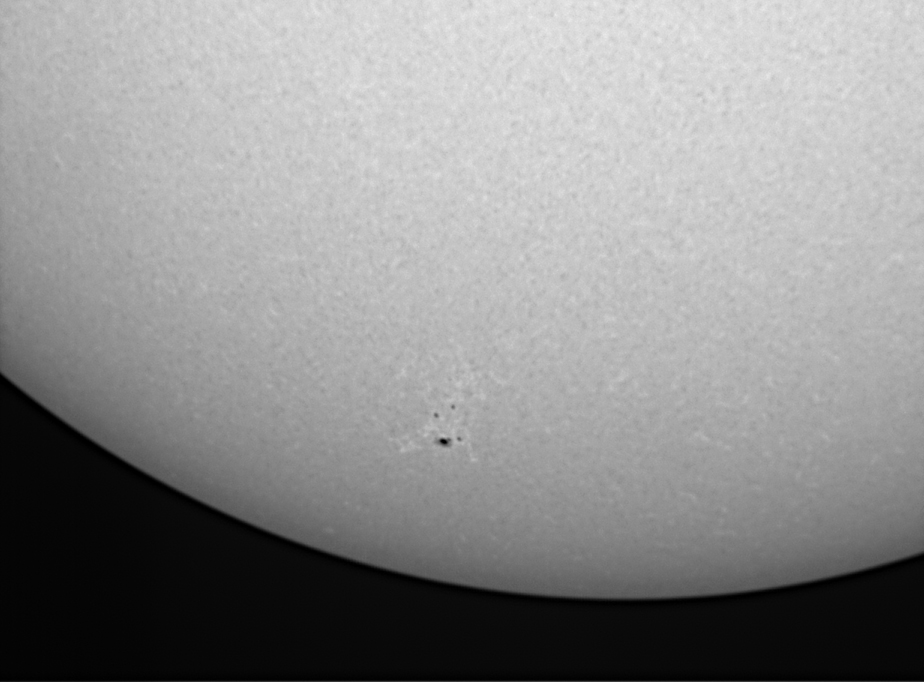

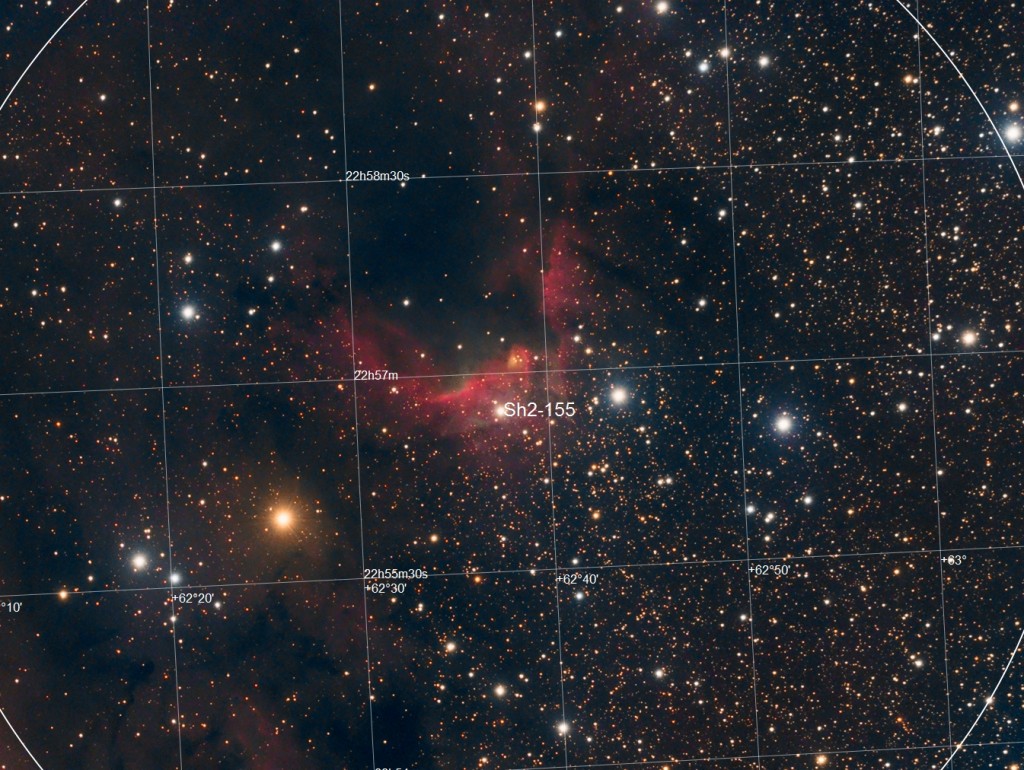
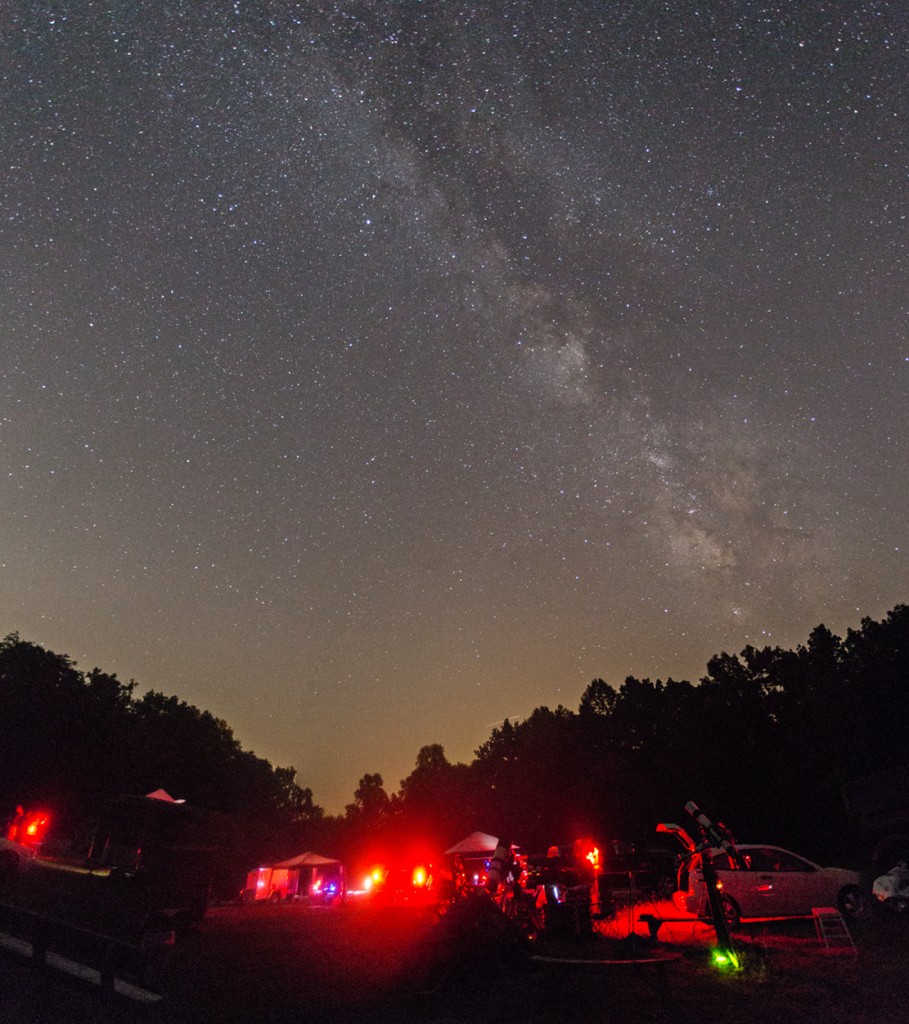
![NGC 2175 AP130EDT w/ 0.75X Reducer (f/6.3) Apogee Ascent A694 CCD Baader Narrowband Filters 7x20min Ha 10x20min O[III] 9x20min S[II]](http://www.celestial-imaging.com/wp-content/uploads/2014/04/NGC-2175-Crop.jpg)
